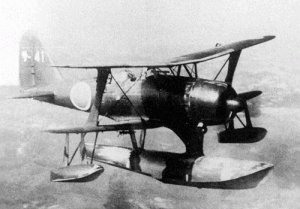 The Mitsubishi F1M2, also called Pete by the allies, was a Japanese Observation seaplane used in Papua New Guinea and surrounding countries during WWII. It was a biplane with a single centre float.
The Mitsubishi F1M2, also called Pete by the allies, was a Japanese Observation seaplane used in Papua New Guinea and surrounding countries during WWII. It was a biplane with a single centre float.
Specifications
Crew: two, pilot and rear gunner
Length: 9.5 m (31 ft 2 in)
Wingspan: 11 m (36 ft 1 in)
Height: 4 m (13 ft 1½ in)
Wing area: 29.5 m² (318 ft²)
Empty weight: 1,928 kg (4,251 lb)
Loaded weight: 2,550 kg (5,622 lb)
Max takeoff weight: 2,856 kg[2] (6,296 lb)
Powerplant: 1× Mitsubishi Zuisei 13 14-cylinder two-row radial engine, 653 kW (875 hp)
Maximum speed: 370 km/h (200 kn, 230 mph) at 3,440 m (11,300 ft)
Range: 740 km (400 nmi, 460 mi)
Service ceiling: 9,440 m (30,970 ft)
Wing loading: 86.3 kg/m² (17.7 lb/ft²)
Power/mass: 2.9 kW/kg (6.85 hp/lb)
Climb to 5,000 m (16,404 ft): 9 min 36 sec
2 × fixed forward-firing 7.7 mm (.303 in) Type 97 machine guns
1 × flexible rearward-firing 7.7 mm (.303 in) Type 92 machine gun
Bombs: 2 × 60 kg (132 lb) bombs
I will be modelling this in scale 1:5, giving the following dimensions:
Wing-Span: 2.20 m
Length: 1.90 m




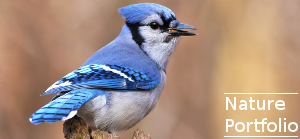
 17/09/2010
17/09/2010
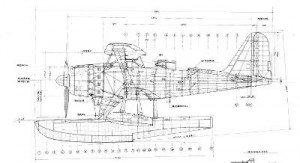
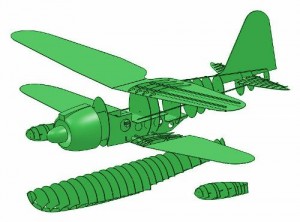
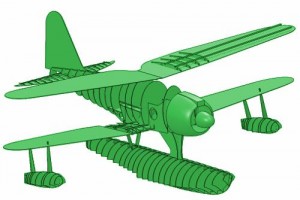
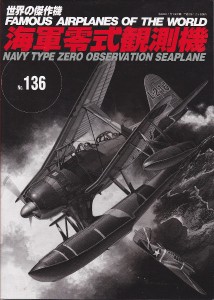
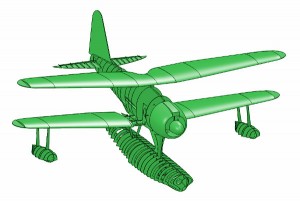
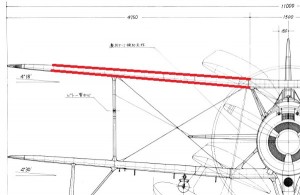
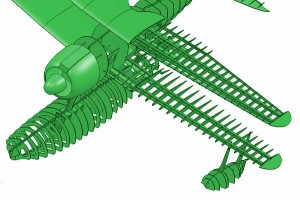
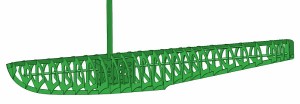
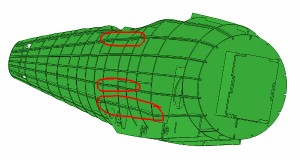
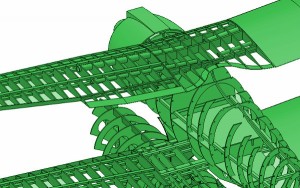
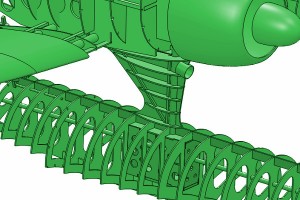
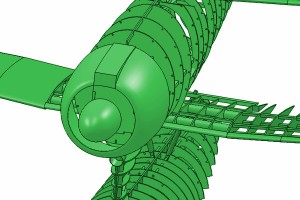
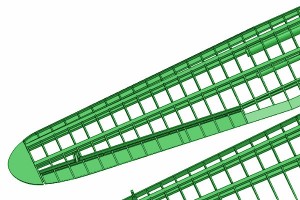

Hi there
Will you be selling copies of the 1.5 scale F1M2 Float plane?
Thanking you
Gavin
My email address correction is gavinspink2@gmail.com
Yes I will, but it’s slow going right now.
Hi
Wondering how the F1M2 is comming along.
Hi, im currenty about to finish a 1:20 scale aluminum static model of a KI-44, as soon as this one is finished, id like to start on a 1:20 sclae F1M2, is there any chance you could send me any drawings or plans?? i would be imensly gratefull.
Thanks in advance,
Luuk van der Linde
Have you completed your planset yet???
Hi
I’m very interested in getting a copy of the 3 view drawings for the F1M2 Pete. Can you let me know where you sourced the book mentioned in your post dated 24/11/2011